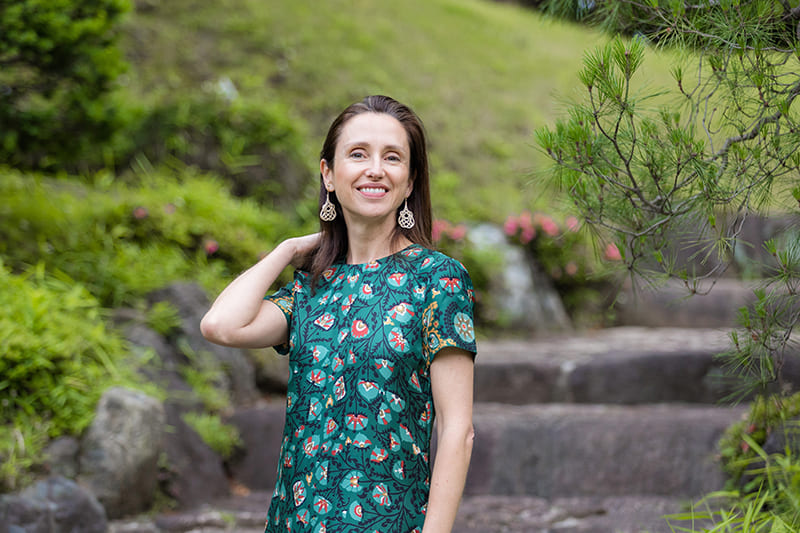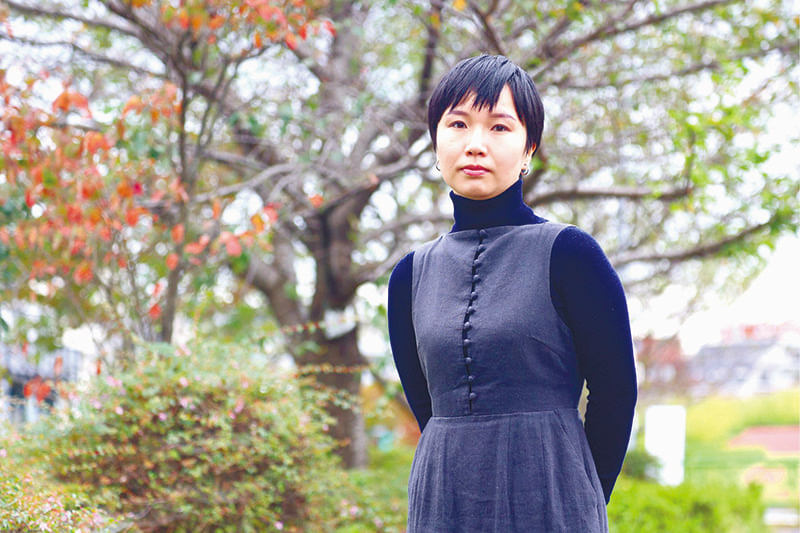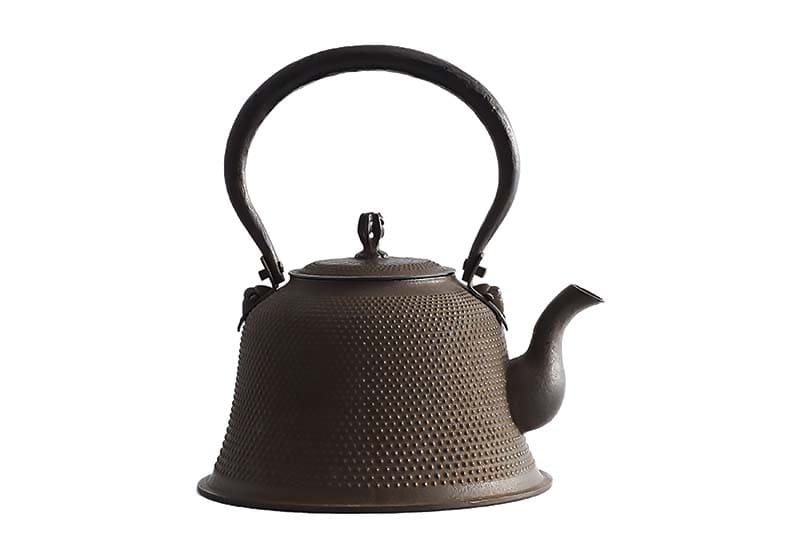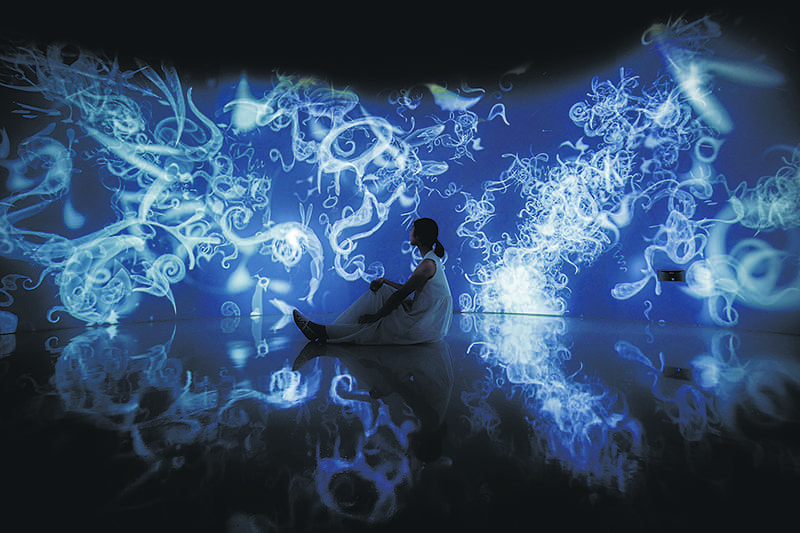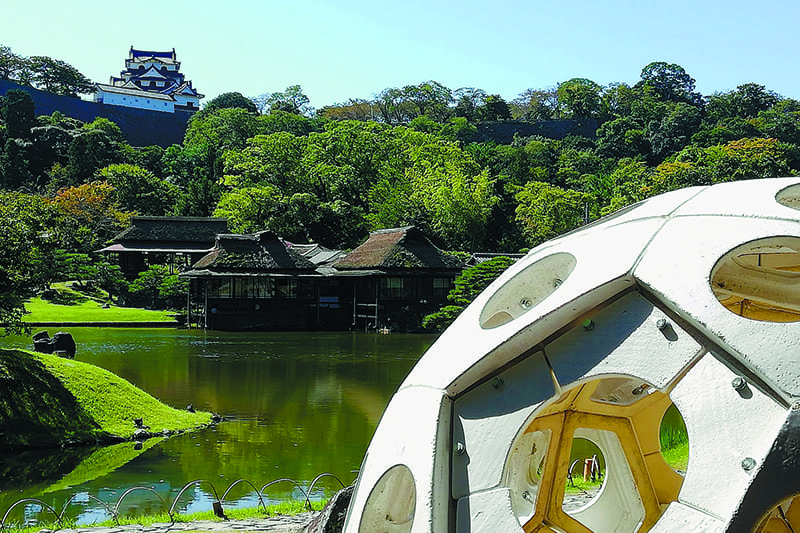August 30, 2024
Cultural resonance at the Ohara Museum of Art
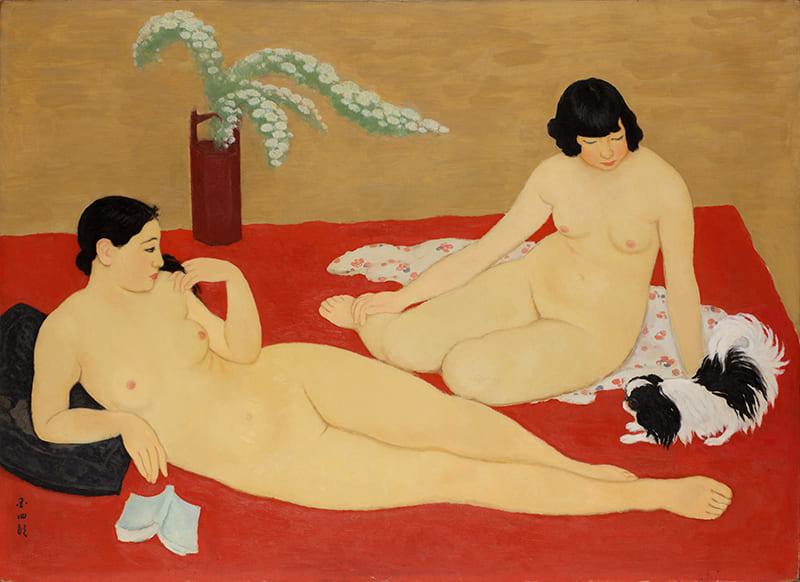
White-walled warehouse-mansions, ink-black lattice-tiled namako walls, rows of willows swaying in the breeze: The picturesque townscape of the Bikan Historical Quarter stretches along the Kurashiki River, lying just a 10-minute walk from Kurashiki Station.
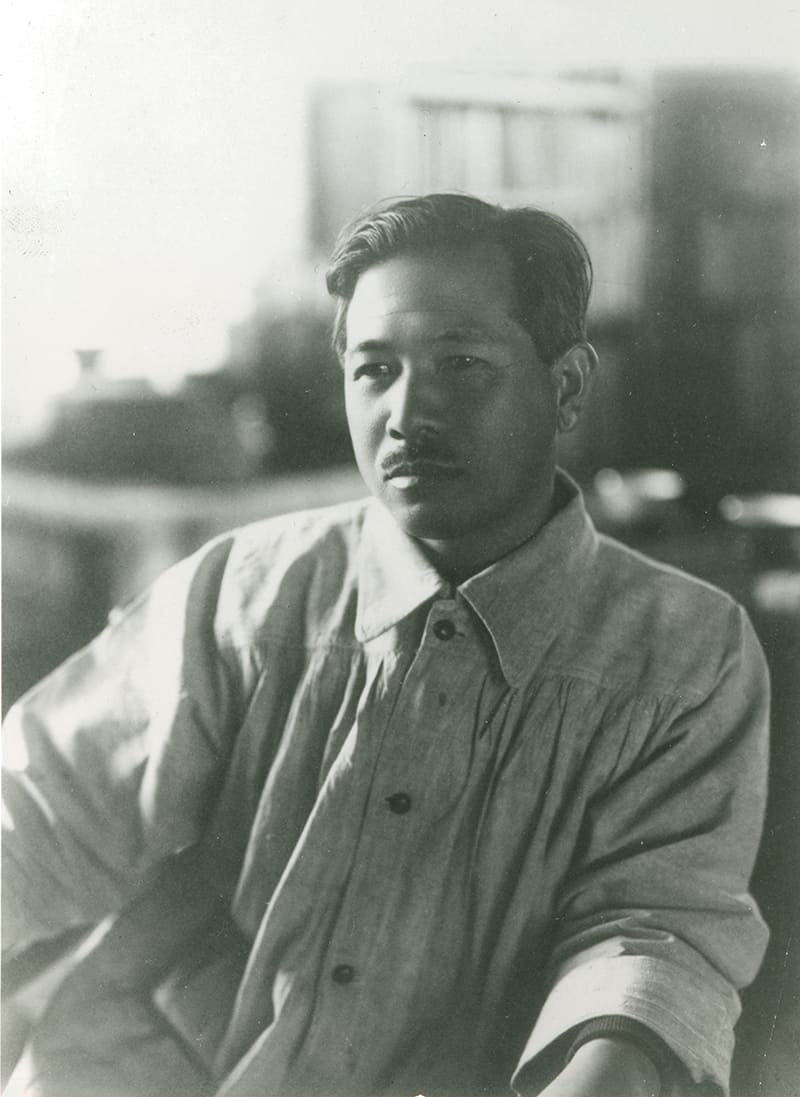
COURTESY: OHARA MUSEUM OF ART
Located on the Seto Inland Sea, the town of Kurashiki originally prospered as a center of the spinning industry. The Ohara family not only supported the town’s development, but also enthusiastically nurtured its cultural foundations. A privately owned museum opened by the family in 1930, the Ohara Museum of Art, is renowned for offering Japan’s first permanent exhibition of Western fine art, including works by El Greco and Claude Monet. Funded by the family, the collection was initially assembled by the painter Torajiro Kojima but was gradually augmented and now extends to around 3,000 items.
The museum came under new leadership last year, when Atsushi Miura took over as director. Now it has opened an ambitious exhibition titled “Cross-Cultural Resonance in the Ohara Collection: A Door to Modernity.” The Japanese title takes the form of a question: “Does cross-cultural resonance exist?” One might wonder why, given that the Ohara Museum of Art is already famous for its outstanding permanent collection, it has chosen to hold a special exhibition that phrases its title in the interrogative. The reason lies in the new director’s hopes, expressed in the keywords “transmission” and “exchange.”
The fact that the collection has an established reputation does, at the same time, invite the impression that the exhibits never change. Even if the exhibits are changed out periodically, the works remain strongly imprinted on people’s memory, and that impression may well take precedence. Miura hopes that this exhibition will play a part in sweeping away those past memories and transmitting a new image to people. While the Louvre and many other art museums around the world primarily display items in their collection, Japan’s art museums tend to focus on promoting special exhibitions of a short duration that hardly ever reference their own collections.
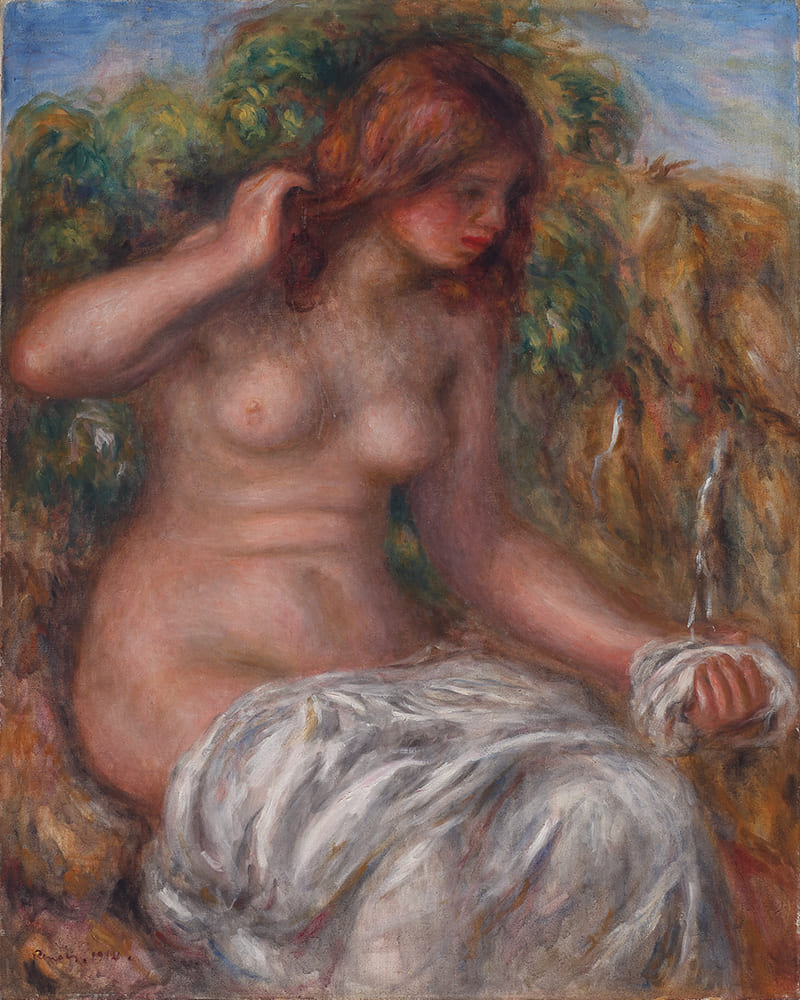
Exhibition: “Cross-Cultural Resonance in the Ohara Collection”
Focusing primarily on the modern art that forms the core of the Ohara Museum of Art’s collection, this exhibition reexamines the ways in which modern Japan has reacted to other cultures. By tracing the footsteps of Torajiro Kojima, who laid the foundations of the collection, and placing Eastern and Western artworks side by side to explore their resonance with each other, the exhibition follows the transitions in modern art to which the art museum has been witness, through works produced as a result of past and present artistic patronage.
● Ohara Museum of Art
1-1-15 Chuo, Kurashiki City, Okayama Prefecture
Exhibition will run through Sept. 23, with the museum closed on Sept. 2 and 9. Open: 9 a.m.-5 p.m.
(last admission 4:30) Admission fee: ¥2,000.
This exhibition reveals the challenge that the Ohara Museum of Art has taken on in tapping into its own strengths in a way that differs from the structure of conventional exhibitions, which primarily seek to orient the museum and its visitors toward consumption.
Consisting of four chapters, the exhibition spotlights the Ohara Collection from an assortment of angles, including retracing the footsteps of Torajiro Kojima and the history of artistic patronage.
The most direct focus on the question of cross-cultural resonance can be seen in the second chapter. This chapter takes up eight themes — “other cultures,” “nudes” and “labor” among them — and mixes together Japanese and Western artworks on each theme. One widely known example of two-way cultural exchange is the way in which impressionism found a warm welcome in Japan, while ukiyo-e prints made their own impression in France. Naturally, a deeper understanding develops if one’s viewing of the works is informed by that kind of knowledge, but regardless of one’s prior knowledge of art, visitors will likely realize that the viewing experience is enriched even more by actually looking at a collection of artworks on the same theme brought together within an art museum. For example, let us look at the nudes of Pierre-Auguste Renoir and Kunishiro Mitsutani, one of the artists who was inspired by Renoir; as the Mitsutani painting included in the exhibition was painted in his later years, when he had changed his artistic style, one can tell that the resonance of these two artists changed its timbre. I would encourage you to visit the venue to see for yourself whether the pieces in front of you resonate or not, and what kind of notes they strike with you.
For the Ohara Museum of Art, this exhibition is just the start. One imagines it will further develop exchanges that take the art museum as their starting point. Interactions between the artworks and visitors, among the artworks themselves, and among the people viewing them can create new resonances for us today. Their resounding tones will no doubt progressively spread beyond the art museum and Kurashiki, eventually echoing extensively in a loud reverberation. I plan to keep an ear out for the foreseeable future, to see what kinds of sounds I can hear.
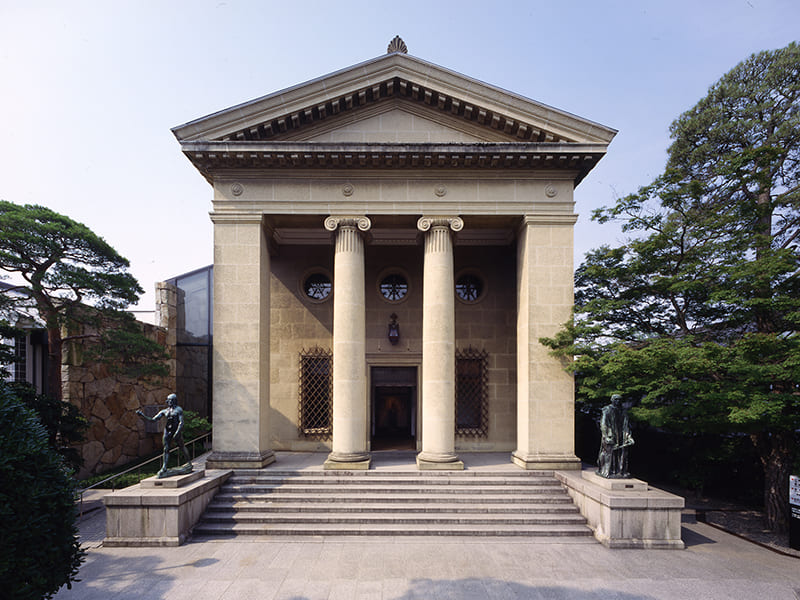
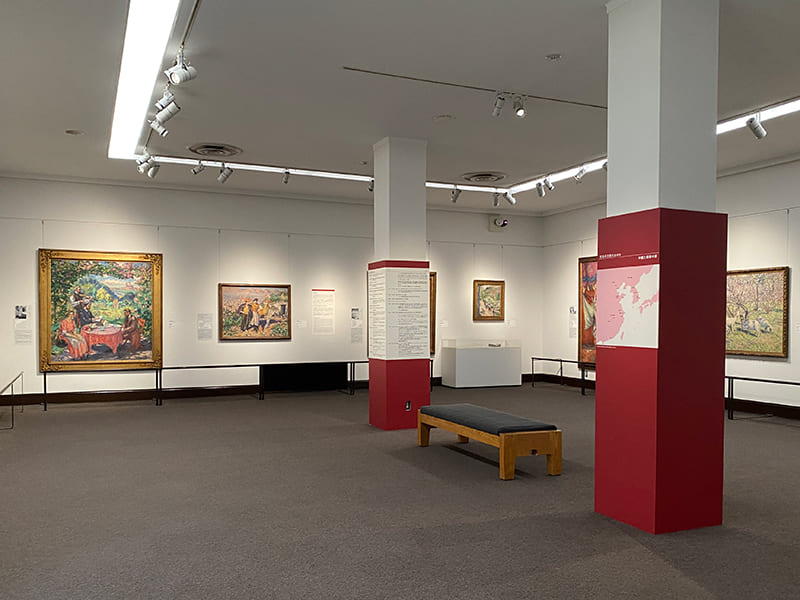
Ohara Museum of Art
This art museum was established in 1930 as Japan’s first privately owned museum focused on Western art, whose collection primarily consisted of works acquired in Europe by Kojima with the support of the businessman Magosaburo Ohara. Following subsequent acquisitions of Japanese modern and contemporary art, along with Asian and Egyptian art, the museum’s collection now encompasses around 3,000 items. The museum also actively undertakes a diverse array of other initiatives, including support for contemporary artists, educational outreach activities and holding concerts.
異文化は、共鳴するのか?
岡山県の倉敷は、瀬戸内海に面した紡績業で栄えた町。〈大原美術館〉は、その発展を支えた大原家により1930年に開館した私立美術館で、モネなどの西洋美術を日本で最初に常設展示したことでも知られている。歴史あるこの美術館では2023年、三浦篤を新館長に迎え、意欲的な展覧会『異文化は共鳴するのか? 大原コクレクションでひらく近代の扉』が開催されている。タイトルに「?」を付け、来館者に問いを投げかけているのは「発信」と「交流」を試みているからだ。
展覧会は4章構成だが「異文化の共鳴」に対する最も直接的なアプローチは第2章にみられる。ここではテーマごとに日本と西洋の作品を混ぜ合わせて展示している。例えば、ルノワールと満谷国四郎の裸体像。
満谷はルノワールに感化された作家の一人だが、出品作はさらに作風が転換した晩年作なため、二人が共鳴を経て、また別の音色を奏でている。目の前の作品たちが、共鳴しているのか否か、また聞こえる音はどのような響きなのか。ぜひ会場で確かめてみてほしい。
Return to Sustainable Japan Magazine Vol. 39 article list page


